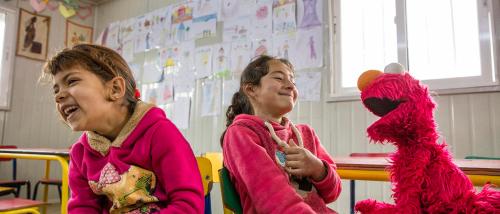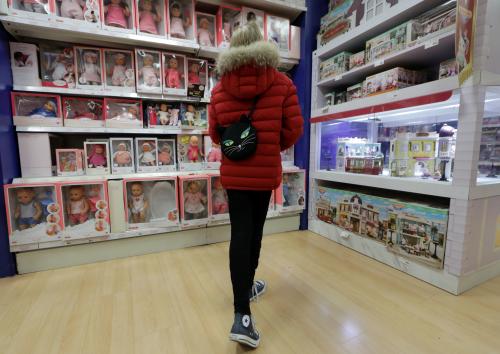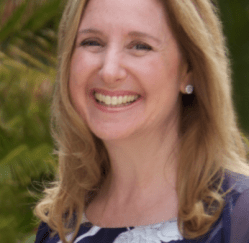Months before COVID-19, the FCC voted to loosen broadcasters’ obligations to carry core “educational and informative” content across their networks. The National Association of Broadcasters thanked the FCC profusely, touting that obligations to carry “low-rated children’s programming” would have serious economic consequences when stations were already dealing with shrinking profits.
Little did they realize that in just a matter of months, schools across the country would morph into remote learning modalities, placing television and public airwaves in the role of providing educational content for many American families.
FCC commissioners Jessica Rosenworcel and Geoffrey Starks practically prophesized the grave risks of relaxing FCC children’s programming rules when they issued their dissenting statements back in July of 2019. Both commissioners championed the value of quality educational programming in a rapidly changing media landscape, where the digital divide was becoming more pervasive every day. Starks even went so far as to say that the FCC actually “has clear statutory authority to require broadcasters to limit commercialization on children’s television and ensure that programming is specifically made to serve children’s age-appropriate educational needs.”
It was only eight months later that COVID-19 pulled back the curtain even further, and public television shows stepped in to take action. Elmo began hosting virtual playdates, and Daniel Tiger produced a new COVID-19 special helping kids and families understand feelings of uncertainty and how to get through these disappointing times. Public media partnered with school districts across the nation, and for the first time in history, research-based, educational content was simulcast across multiple networks—public and private—including replays and streaming. Kids and families had equal access to relevant programming on multiple platforms, wherever they were, whenever they could watch, and without corporate concern for advertising dollars or ratings.
As a content creator and advocate for children’s and family programming, I was inspired by this watershed moment and wondered if our FCC policymakers and media stakeholders might reconsider their recent changes to the Children’s Programming rules?
IT’S TIME TO INVEST IN STORIES THAT SUPPORT POSiTIVE OUTCOMES FOR AMERICA’S CHILDREN AND FAMILIES
There are more media outlets today than ever, but very few provide research-based, outcome-driven, creative content, like the ones funded for public media through the U.S. Department of Education’s Ready to Learn Initiative.
Particularly throughout this pandemic, content providers and producers have been called upon to take a stronger role in supporting children’s development, as media is a constant narrator in a child’s life—from infancy to young adulthood.
Broadcasters have a responsibility to rethink, reshape, and reengage advertisers, corporate sponsors, government agencies, affiliates, and community partners to support quality early learning programming that is relevant, research-based, and accessible. This would require spectrum holders, broadband providers, and their licensees to lean in to the original ethos of the FCC and work with established children’s media professionals, child development experts, and early learning scientists to provide educational, creative content reflective of the diverse American family. Just like when Congress first established the Public Broadcasting Act of 1967, followed by the Department of Education’s Ready to Learn Television Initiative in 1995, new media policy is desperately needed to weather this COVID-19 storm and sail us forward.
Consumer giants like T-Mobile, Adidas, Unilever, Honda, and Johnson & Johnson have already begun to re-imagine and prioritize company initiatives that invest in human potential and social impact. It’s time for the FCC to leverage this sea change and encourage media platforms, stakeholders, stations, and their affiliates to work with sponsors and government agencies and embrace the tenet that educational, research-based programming is an essential agent for social change. It’s not just a value for public media anymore.
Spectrum and broadband are here to stay, and both should be scaled to leverage the growing need for quality, outcome-driven children’s entertainment. We are at a pivotal moment in broadcasting and media. Let’s harness the power of media to help close the digital divide and provide quality educational creative programming for kids. COVID-19 may have brought us here, but the zeitgeist was already whirling with new stories, beseeching media to support positive outcomes for children and families.
Disclaimer: The author consults for organizations producing educational programming.
The Brookings Institution is committed to quality, independence, and impact.
We are supported by a diverse array of funders. In line with our values and policies, each Brookings publication represents the sole views of its author(s).








Commentary
COVID-19 gives the FCC a platform to leverage educational programming
October 7, 2020